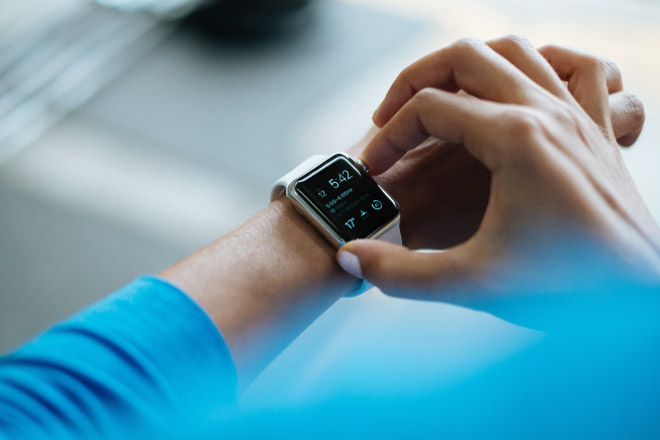One of the most challenging byproducts of the health and technology marriage is data. Endless and endless data that quantifies every aspect of our health. Who will be the first integrate?
Over the course of the past year, Luminary Labs has spent considerable time addressing the intersection of health and technology. Both industries are in growth mode, prompted by the changing demographics, psychographics and technographics of modern society.
One of the challenging byproducts of this marriage is data. Endless and endless data that quantifies every aspect of our health. With each doctor, pharmacy or hospital visit, we leave paper and digital trails of measurements, procedures and medications. Traditional health devices, from pacemakers to blood glucose monitors, generate data to help patients and their health care providers treat chronic disease.
With the rise of the smartphone, consumers are now accustomed to engaging with health devices and mobile apps, from Nike+ to the fitbit. Not only is this data collection and management voluntary, but it equips the consumer with data that the physician typically does not observe. Similarly, online websites and communities also support the quantified self, and range from weight loss communities such as WeightWatchers to Keas, which allows individuals to set health goals.
The real challenge, however, is what becomes of all of this data? Between health care regulation and technical challenges, who will emerge as the first player to successfully help consumers integrate paper trails, device data and online data lockers?
Google Health and Microsoft HealthVault are currently well-positioned to do so. The former’s recent revamp now places increased emphasis on data integration. Interested in learning more? Read more here – Personal Data and Health: A POV on the Google Health Revamp.

